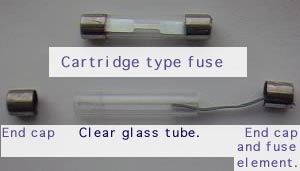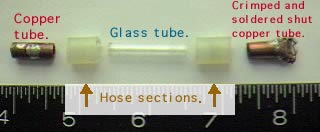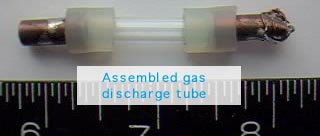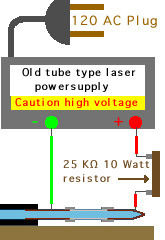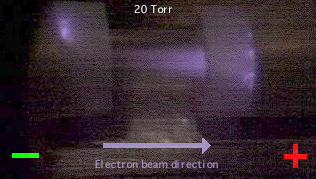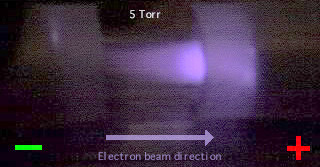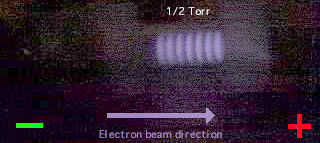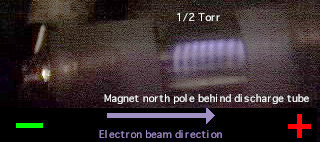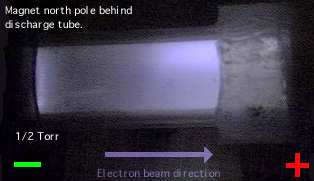
kind of clean artificial light.
The rarefied gas electric discharge tube was
discovered by Nollet in 1740.
Further work was done on this lighting
technique by Faraday, Geissler and Edison
before the end of the 19Th. century.
With the help of Sprengel's Mercury siphon
vacuum pump of 1865 the development of the
illuminated city of night began.
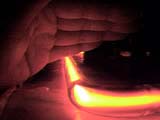
Close-up of a neon
sign tube.



